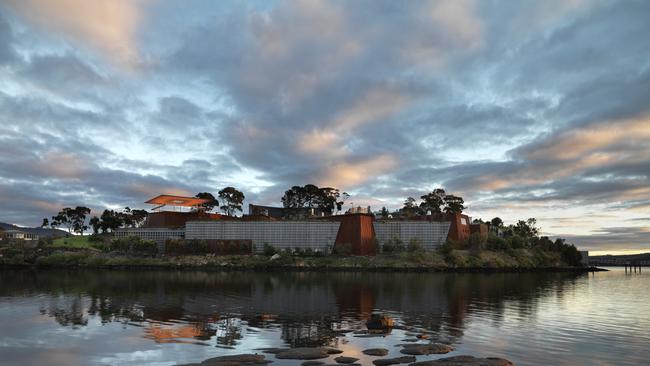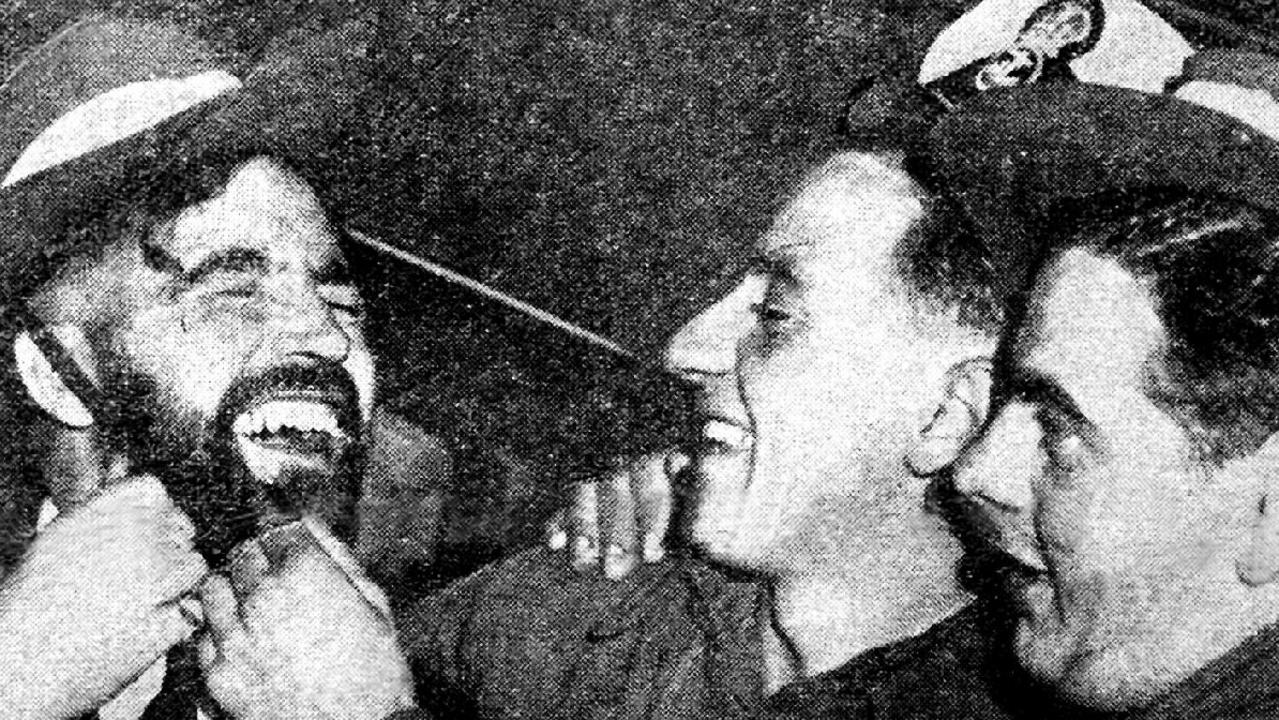Greg Barila: Imagine a world-class arts precinct in Port Adelaide or at the soon-to-be defunct Holden factory
IF you believe what you read on the internet, when Winston Churchill was asked to slash funding for the arts to help fund the British war effort, he replied, simply, “Then what are we fighting for?”

Opinion
Don't miss out on the headlines from Opinion. Followed categories will be added to My News.
IF you believe what you read on the internet, when Winston Churchill was asked to slash funding for the arts to help fund the British war effort, he replied, simply, “Then what are we fighting for?”
The quotation, as it happens, is a total fiction. Churchill never said such a thing. But still, it’s a beautiful idea, isn’t it?
Art makes life worth living so it follows that the right to make and enjoy art is worth fighting for.
Australia, thankfully, isn’t at war. But arts funding in this country has been under attack and when economies turn sour and governments look to take a razor to spending, the arts are often among the first casualties.
“Bread and health for all at all times, before cake and circuses for anybody at any time.”
But even if governments aren’t paring back funding for the arts, neither are they investing heavily in the sector as a means to help cities thrive and economies grow.
And yet why not? Just look at Tasmania.
In 2011, a wealthy professional gambler named David Walsh made perhaps his biggest bet, setting up a Museum of Old and New Art (MONA) in the working class Hobart suburbs where he was raised – and doing it without a cent of taxpayers’ money.
Walsh’s big gamble has paid off in a big way, not just for him but for Tasmania’s struggling economy, which is enjoying a revival that is in no small way thanks to the huge success of MONA and the spin-off festivals Mofo, Dark Mofo and Mona Foma.
Tasmania has been smashing tourism records, with visitor numbers up 14 per cent and spending up 13 per cent to $1.58 billion in the year ending December 2013.
The museum has been a boon for Hobart bars, hotels and restaurants and helped to germinate a now thriving local art scene.
A total of 1,4 million people have passed through MONA’s doors in its first four years.
A Lonely Planet list of the 500 Best Places in the World named MONA the best modern art museum in the world – ahead of MOMA in New York and the London Tate.
“It’s been a cultural revolution every bit as significant as the grunge movement was to Seattle,” Matt Deighton, Editor-in-Chief at the Hobart Mercury, tells me.
“Changed the whole tone of the town and put us on the international map. It’s a remarkable and beautiful story.”
Isn’t it also a glittering example of the power of the individual, of the profound impact one visionary person (albeit a wealthy one) can have on his community, his city, his state?
Where’s South Australia’s David Walsh? Where’s Adelaide’s MONA?
Imagine a world-class arts and cultural precinct in Port Adelaide or (is this too crazy?) at the soon-to-be defunct Holden factory, in Elizabeth.
Imagine what a vote of confidence in our northern suburbs such a bold gesture would truly be. As in Tasmania, entry to the museum would be free for all South Australians. We’d be proud of the place and inspired by it.
With the economy in dire straits and nearly 70,000 people out of work, SA needs this kind of thinking now more than ever. Because if we’re not fighting to help SA be the best that it can be, then what are we fighting for?


